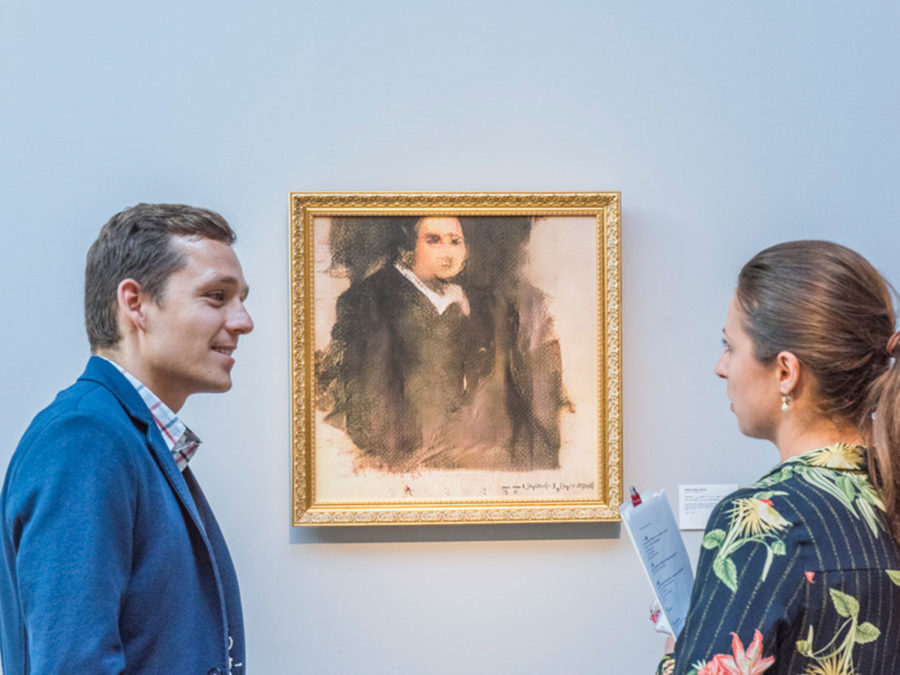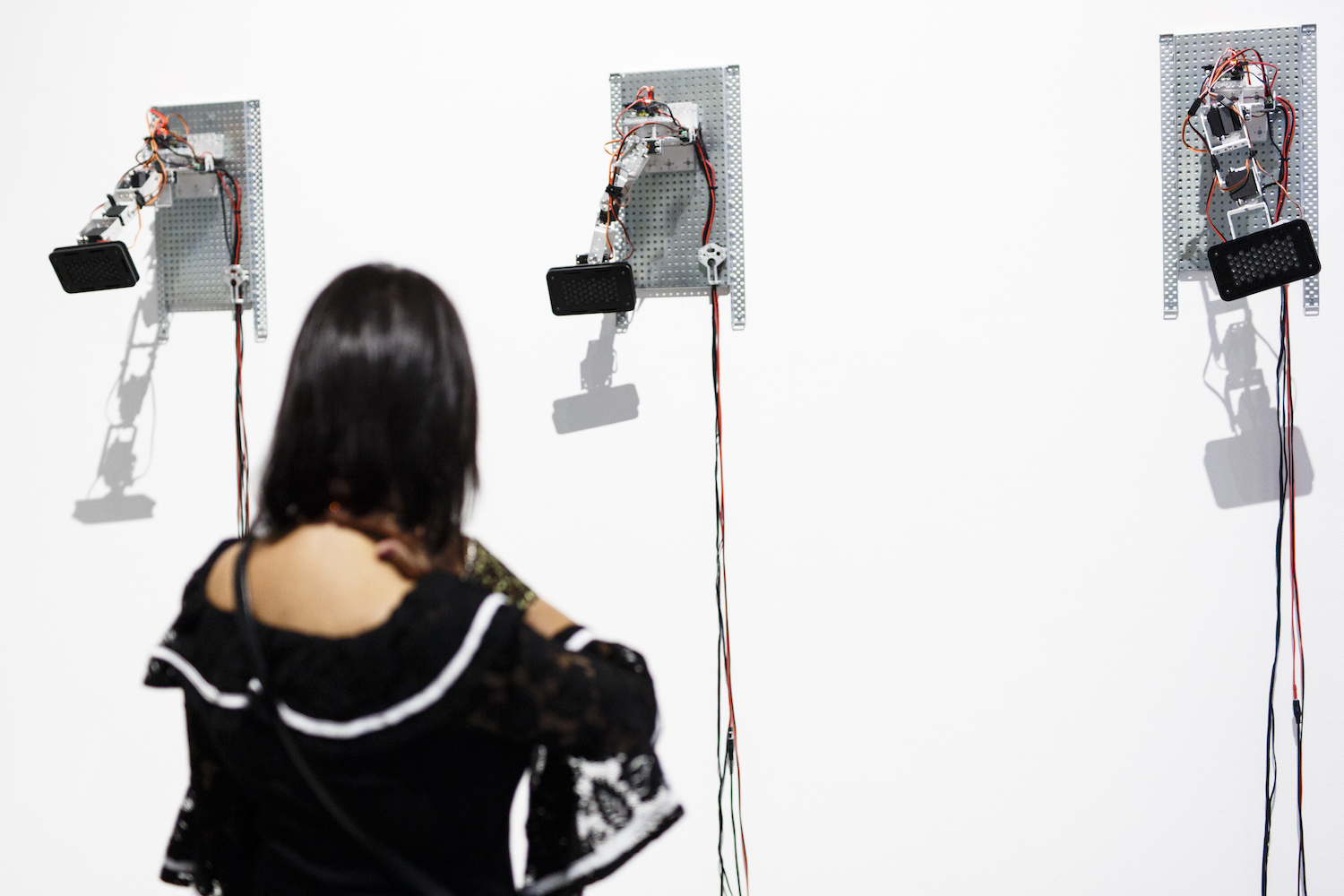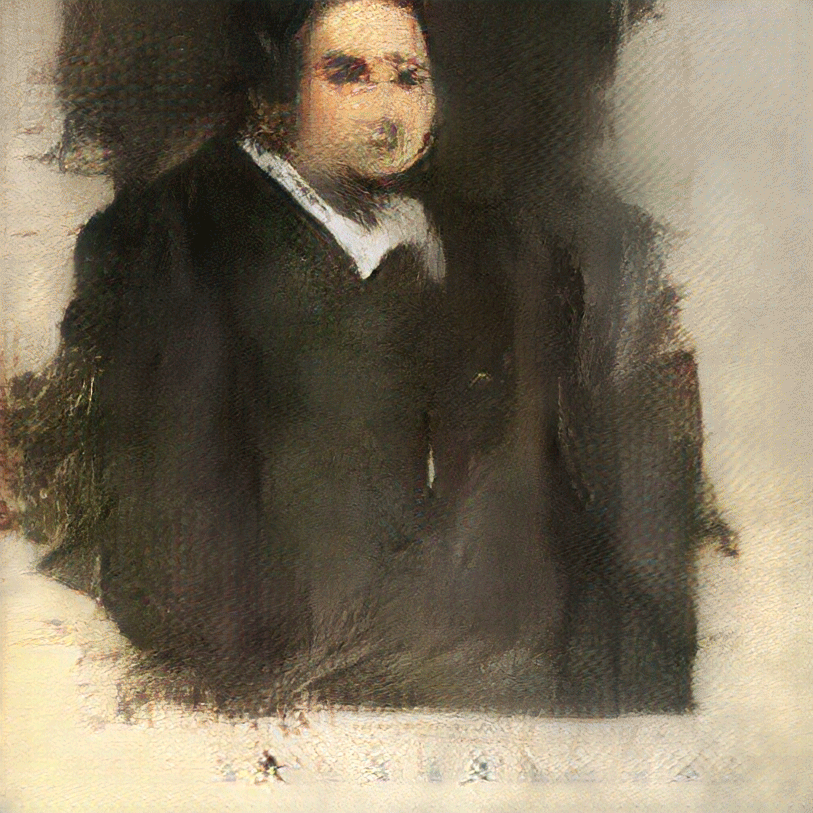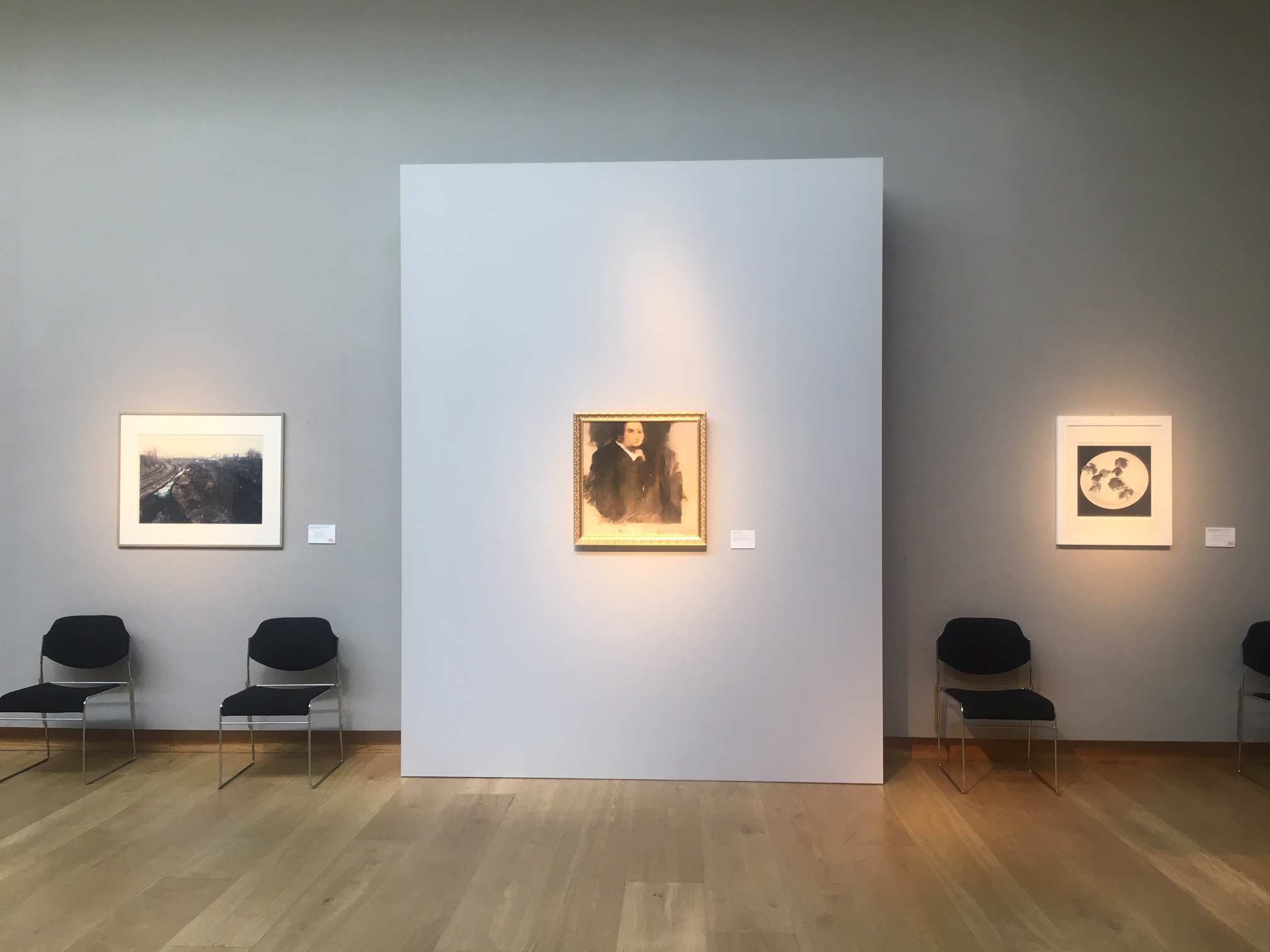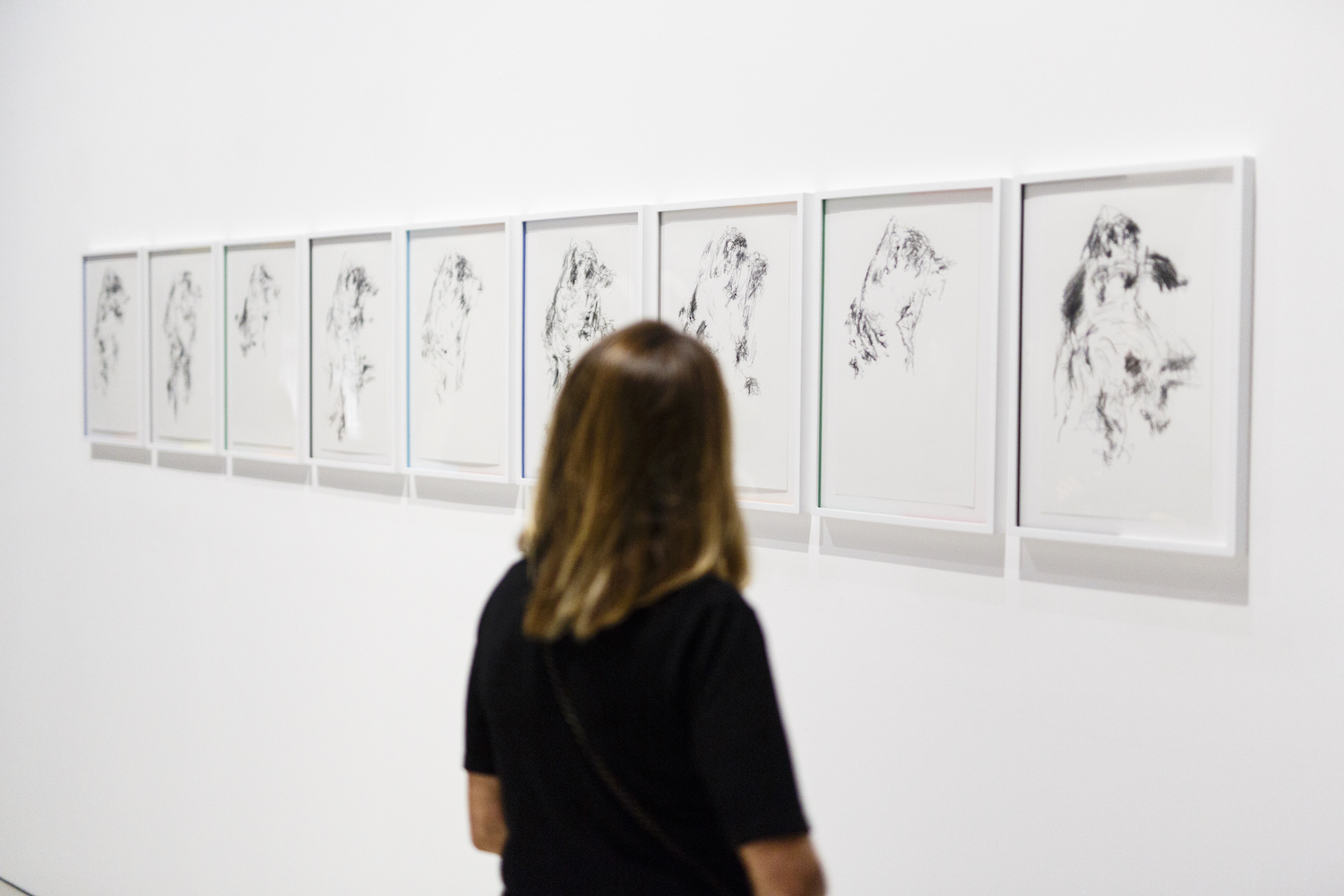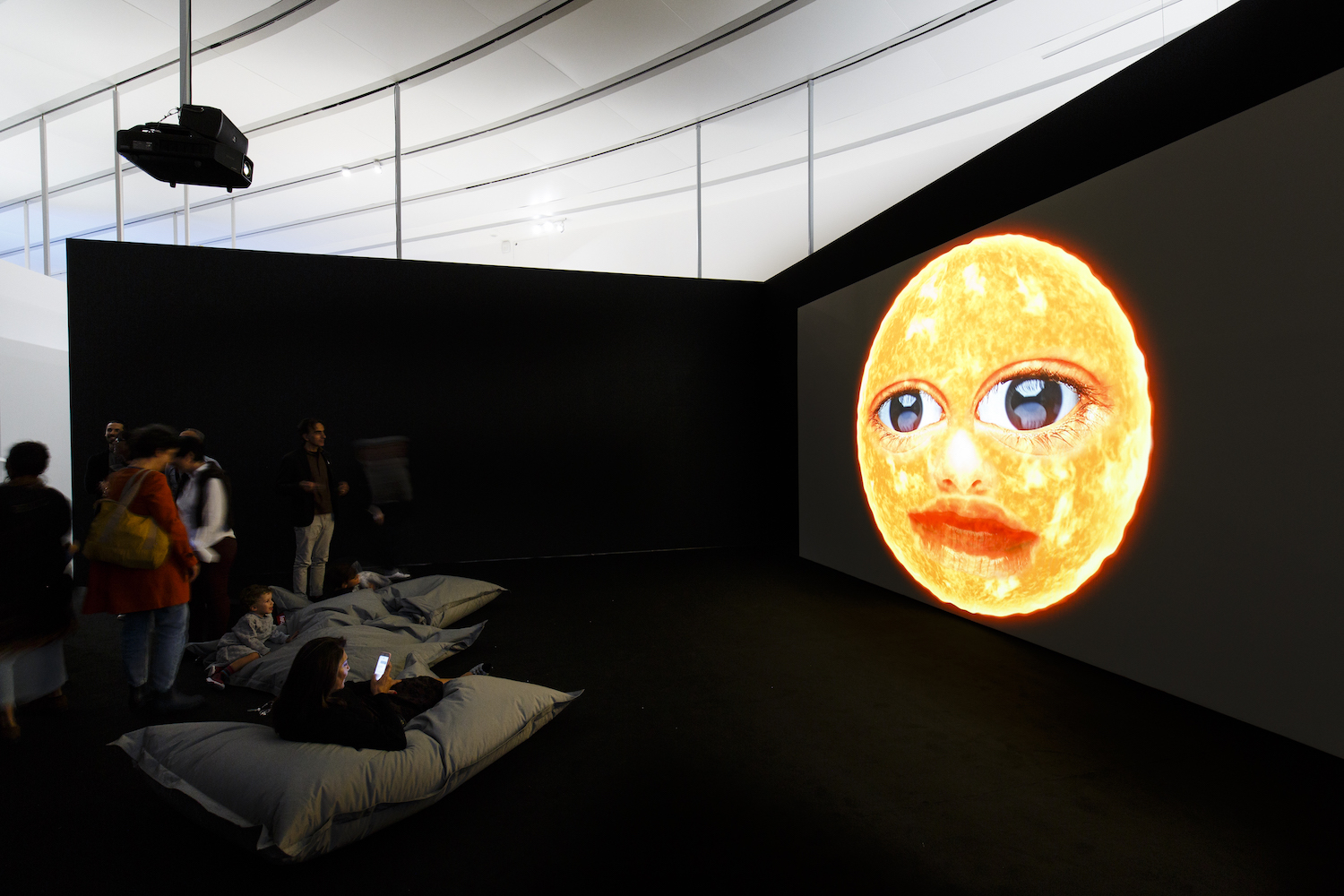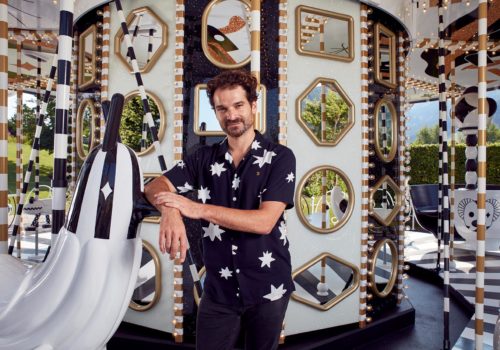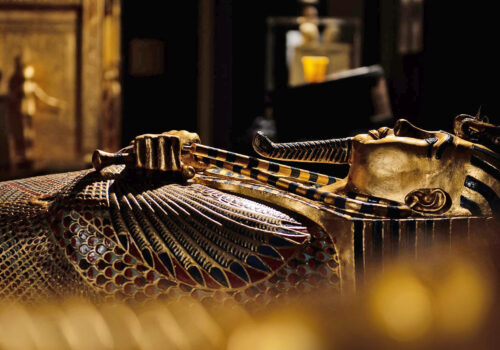A French collective behind the work created with the use of artificial intelligence. Worth 432 thousand dollars
The portrait of Edmond Belamy, the first artwork in the world made by an algorithm, is worth 432 thousand dollars. Auctioned at Christie’s, the original “painting”, conceived by the French collective Obvious – Hugo Caselles-Dupré, Pierre Fautrel and Gauthier Vernier – is the result of a selection and subsequent elaboration of fifteen thousand portraits painted between the fourteenth and eighteenth centuries.
The details and styles were elaborated to produce a “synthesis” thanks to artificial intelligence. The three artists relied on Generative Adversarial Network (Gan) technology, heretofore used in the field of interior and industrial design and video to make 3D models, and in the field of astronomy.
The result is the portrait of a French gentleman, which goes to join the ten previously made by the collective as part of an imaginary family. Monsieur Belamy, the name itself is a tribute to the inventor of Gan technology Ian Goodfellow (which in French would sound like “bel ami”), commands the canvas with his black suit and white collar. The edges are blurred, as is the face of the man whose features are just barely sketched out: a result that is also original when compared to the paintings of the centuries taken into consideration by the algorithm, to the point that some critics have commented on the result, describing the characteristics of the work as something close to Futurism. The man painted against the black and white background looks almost unsettling in his incompleteness. The only element added to the painting on the bottom right is the signature by the algorithm, rigorously written in code.
The outcome of the auction was unexpected: in the days that preceded the sale – which was held “digitally” with bids coming in by smartphone and through the Christie’s Live online platform – the value of the work was estimated between seven and ten thousand dollars. Nobody had set it even the slightest bit higher, so that October 26th will live on in the history of the auction house for this record-breaking sale.
The debut of artificial intelligence in the creation of an artwork will not be an isolated case: algorithmic art is already here
In June 2017 during the International Conference on Computational Creativity in Atlanta, Ahmed Elgammal, a professor at the Art and Artificial Intelligence Lab of Rutgers University in New Jersey, presented Can, Creative Adversarial Networks, the artistic evolution of Gan. The Can networks, based on intelligent algorithms, are able to create artworks that make it practically impossible to distinguish the hand of the artist from that of the algorithm. In November last year, the Oist institute in Japan inaugurated the first exhibition in the world dedicated to algorithmic art. And in 2016, 29 paintings produced by the Google Ai artificial intelligence platform were sold.
In Italy, the Maxxi museum kicked off the new era, inaugurating, on October 20th, the exhibition titled “Low Form. Imaginaries and Visions in the Age of Artificial Intelligence”, a project curated by Bartolomeo Pietromarchi and involving 16 international artists. The exhibition will remain open to the public through February 24th, 2019.
© ALL RIGHTS RESERVED
translation by Olga Barmine


